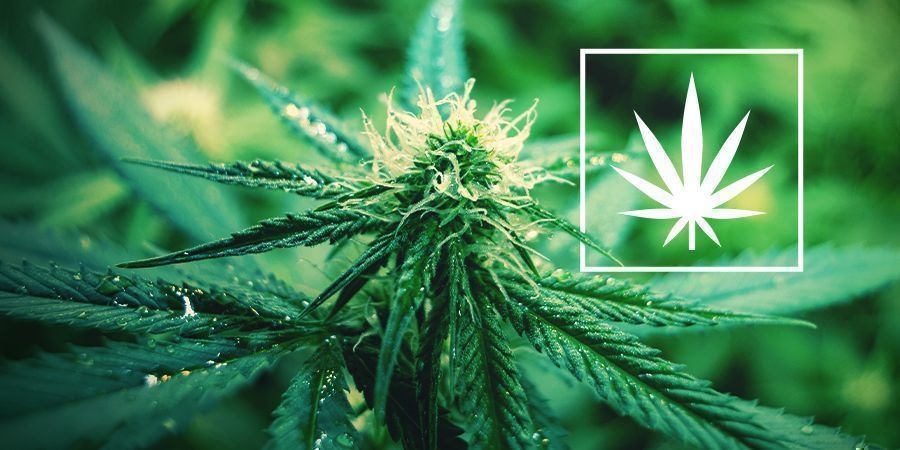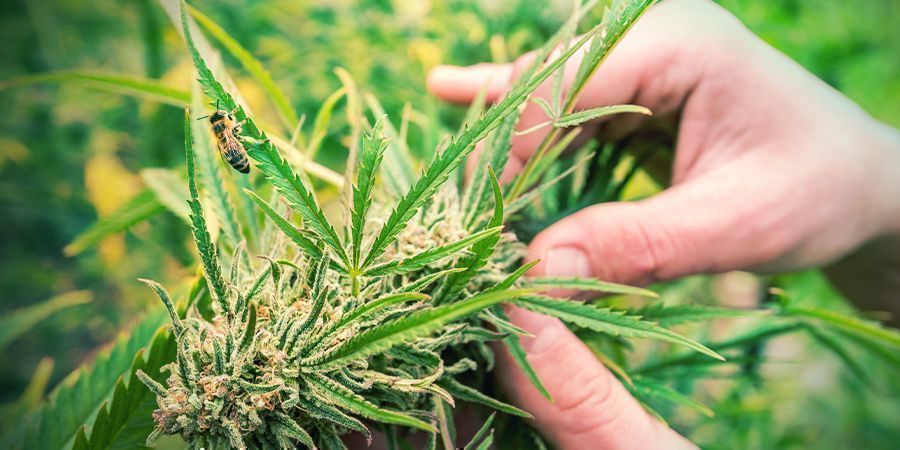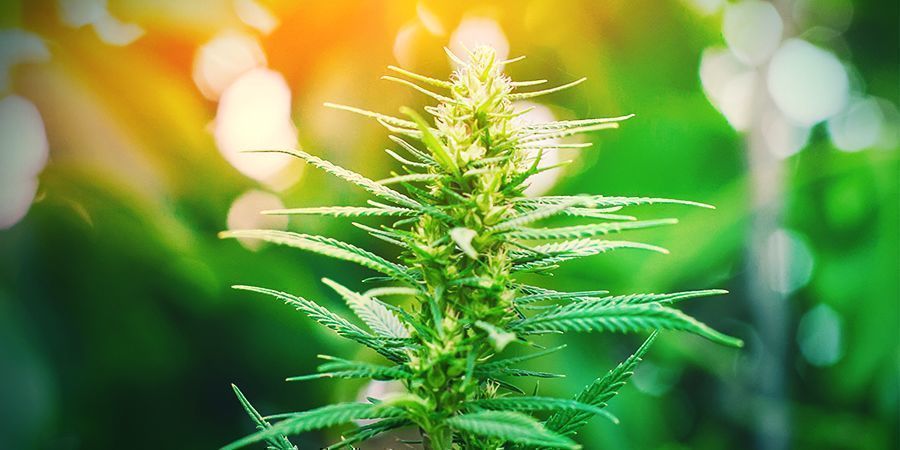What Is Cannabis Sativa?

Tall heights, energising effects, and thin-fingered leaves—these are the stereotypical traits of sativa cannabis strains. They usually provide large yields and are smoked during the day for their stimulating and cerebral effects. It’s not just THC that produces this characteristic. These strains also produce invigorating terpenes that synergise with their cannabinoid profiles.
The Cannabis Cannabis Sativa classification, well technically “Cannabis sativa L.”, the L. standing for in the order of Linnaeus, dates back to the 1750’s research by Swedish botanist Carolus Linnaeus. Unfortunately, he was studying hemp rather than what we would consider marijuana and grouped the whole species in 1753 into the genus Cannabis sativa L.
Some thirty odd years later, in 1785, the French biologist Jean Lamarck was the chief proponent of the rival two-species-classification approach. He correctly assessed Cannabis indica as being different enough to warrant a distinct classification.
More than three centuries later, rival theories abound and the origin of the species is still contested. That being said, strong evidence to support Cannabis sativa evolving thousands of years ago in what is modern day China is abundant. At the very least, the medicinal cannabis cultivation under Emperor Shen Nung around 2737 B.C. is accepted as historical fact.
Cannabis sativa to the ordinary decent stoner is “head stash”. Pure sativa strains are precious breeding stock these days due to the influx of indica genetics since the 1980’s. Sure hybridization with indica and lately ruderalis strains has tightened buds and reduced flowering times. However, there is a danger that pure 100% sativa genetics may become an endangered species.
Preserving heirloom Cannabis sativa genetics is more challenging and certainly more time consuming than working with old school indica. For the sake of genetic diversity, sativa must be preserved. So if you have a winning sativa strain in the garden find a mother plant and make sure to take cuttings.
HOW TO RECOGNISE A SATIVA CANNABIS PLANT

The growth characteristics and appearance of sativa are remarkably different from indica. Sativas resemble weed trees in contrast with the low-profile branchy indicas. Rapid vertical growth, wide gaps between nodes, and longer thinner lighter coloured leaves are all sativa traits.
It’s difficult to mistake a light green lanky sativa for a dark green stocky indica. In bloom, the differences between the two species become even more obvious. Sativas will continue to gain height during their more lengthy bloom cycle, which can be in excess of 16 weeks for genuine landrace sativa strains.
Without training, they can reach for the sky and stretch a great deal during flowering. Outdoors 3m+ monsters can be cropped in the right conditions. Sativa leaves - apart from being svelte - tend to have many more fingers than indica leaves. 9-11 fingers per leaf is common for sativas.
Sativa strains have been hybridised with indicas to reduce flowering periods and thicken up the bud production. It’s true that pure sativa strains can be low yielding and produce loose buds that are unappealing to contemporary cannabis users. The dense indica cola is de rigueur.
The modern sativa-dominant hybrid still grows taller than most indica varieties but buds have become much denser, and yields more generous. However still not quite as tight as an indica nugg, the 21st century sativa bud is a far cry from the wispy, full of stems and seeds 1970’s sativa.
Bag appeal and production has been significantly improved without losing the unique sativa high. Furthermore, selective breeding and hybridization have greatly reduced the duration of the bloom period.
A healthy coating of frosty resin is common to all high-grade cannabis buds today. Sativa strains typically have a higher tolerance to humidity and the slightly airy calyx structure facilitates greater bud mold resistance.
HOW TO GROW A SATIVA

Indoor growers are advised to train sativa-dominant varieties and/or apply the ScrOG method. Sativa strains have a reputation for being unruly indoors. But a ScrOG can tame any strain and unlock a heavier harvest for the grower.
Outdoors 3m+ monsters can be cropped in the right conditions. Privacy is of heightened importance when it comes to farming large late blooming sativas outdoors.
Typically indica seeds will germinate within 3 days, while sativas often take a week or longer to emerge. However, once they sprout they will increase in height rapidly and pretty much won’t stop growing vertically unless the grower applies some training techniques.
Feeding sativa strains is also different to feeding indicas. In general Cannabis sativa is a light feeder, preferring low doses of nutrients as opposed to the mineral thirsty indicas. Although, some modern sativa-dominant hybrids can have a similar appetite for fertilisers to indicas.
The lighter green pigmentation of sativa is due to a slightly lower amount of chlorophyll than the darker green indica leaves possess. In fact, this accounts for the longer blooming period of sativas. This photosynthetic advantage allows the indica to bloom sooner than sativas.
Patience will be a necessary virtue if you intend to crop near pure sativa strains. However selective breeding and indica hybridization have given rise to some excellent sativa-dominant varieties that bloom in 12 weeks or less under a standard 12-12 light-dark cycle.
As noted above contemporary sativa strains will produce buds and colas similar in appearance and quantity to indica strains. Some will even surpass the heavyweight landrace indicas. Visually differences are now more subtle, with sativa leaning buds being slightly less compact than indica buds.
WHAT ARE THE EFFECTS OF A SATIVA?

The sativa high is cerebral and very uplifting. For some, the soaring sativa high can be too racy and the more sedative indica might be a better alternative. As for the majority of recreational users sativa marijuana is regarded as primo head stash.
In simple terms, indica is night time smoke and sativa is day time smoke. Heavy indica is your ticket to Dreamland while creative daytime activities are amplified with sky high sativa. Landrace sativa strains and some Sativa hybrids contain virtually zero CBD. Nothing mitigates the THC effect and unlike indicas very little lethargy is experienced by the user.
The most potent ultra high THC level sativa-dominant strains might have nuggs that look fairly similar to indicas but the effects are polar opposites. Sativa is brain candy while indica subdues the body and renders the user couchlocked.













 United States
United States










